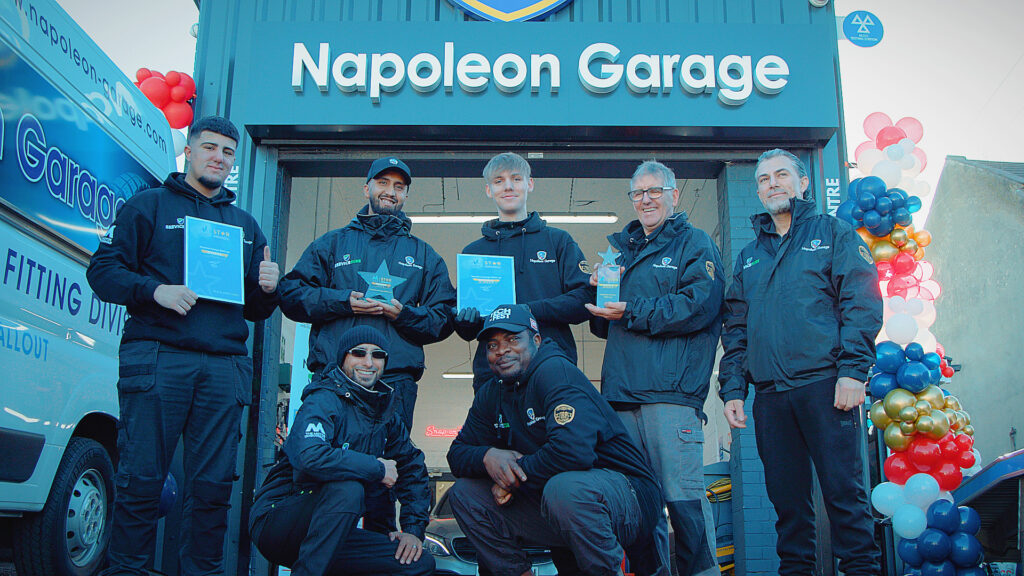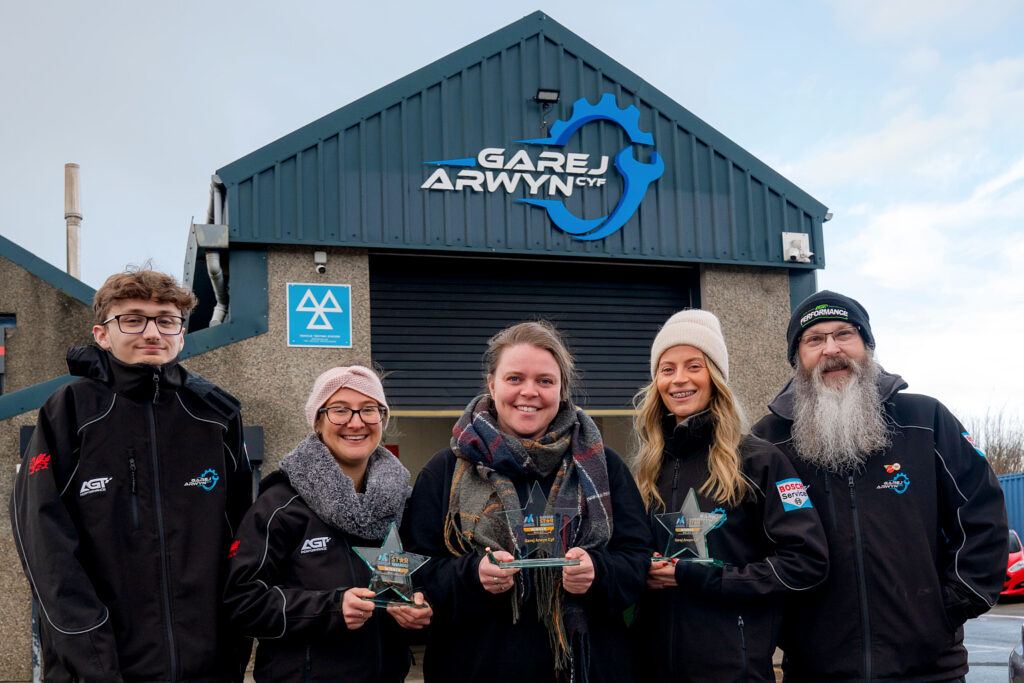Drive Europe

Taking your own car to mainland Europe
Taking your own car to mainland Europe for leisure, such as a holiday, or for work purposes, carries a new set of rules, responsibilities and considerations when heading across the water.
These include:
- Driving on the right and overtaking on the left;
- Carrying mandatory emergency equipment;
- Having valid vehicle and personal documentation;
- A vehicle being in a safe, legal and roadworthy condition;
- Attaching a UK sticker on the rear of the vehicle (the former GB sticker is no longer accepted in Europe);
- Pre-purchasing windscreen stickers to drive through low emission zones in towns and cities; and
- Being equipped with knowledge of automotive terms and phrases in the language(s) of destination countries.

Mandatory emergency equipment
When driving in mainland Europe, it is compulsory to carry certain safety equipment in the vehicle in the event of a breakdown, and this can vary by country. Examples of items that need to be packed before heading across to the continent, include:
- A reflective jacket;
- A Warning triangle; and
- A fire extinguisher.
Find out more about the equipment that needs to be carried across mainland Europe
A UK sticker
Since 28th September 2021, it is obligatory to have a UK identifier, such as a sticker or flag on your registration plate on the rear of your vehicle to drive in mainland Europe. Any old GB stickers need to be removed before setting off.
Low emission zones
Similar to the Ultra Low Emission Zone (ULEZ) in London, many European cities have equivalent areas that require a fee to be paid for driving in these areas.
It is worth noting that physical windscreen stickers often need to be purchased in advance of travelling to Europe, and may take days or weeks to arrive depending on the application process, so it is important to do your research and plan ahead in good time.
Find out more using the handy article highlighting the requirements by country
‘Car conversation starters’
Driving across mainland Europe brings different languages and customs. Knowing some key words and phrases in another language in relation to your vehicle could help to describe an issue or ask a question.
Handy words when on the move
Electric Vehicle
With electric vehicle (EV) ownership gathering pace, it can be useful should anything need to be discussed in relation to the vehicle.
“Ein elektrofahrzeug”
“Una macchina elettrica”
“Un vehículo eléctrico”
Battery
“Die batterie”
“La batteria”
“La batería”
EV Charger
“Ein ladegerät für elektrofahrzeuge”
“Un caricabatterie per veicoli elettrici”
“Un cargador de vehículo eléctrico”
EV Charging Cable
“Ein ladkabel für ein elektrofahrzeug”
“Un cavo di ricarica per veicoli elettrici”
“Un cable de carga para vehículos eléctricos”
Car
“Das auto”
“La macchina”
“El coche”
Engine
“Der motor”
“Il motore”
“El motor”
Fuel
Unleaded petrol (there will often be different grades available on the forecourt)
“Super / Super Plus”
“Benzina senza piombo”
“Gasolina sin plomo”
Diesel
“Diesel”
“Diesel”
“Gasóleo”
Low Emission Zone
“Umweltzone”
“Zona a Traffico Limitato (ZTL)”
“Zona de Bajas Emisiones (ZBE)”
Tyre
Getting a puncture or accidentally damaging a tyre when abroad can bring inconvenience, and is a component which is critical to safety. Therefore, it can be handy to know the word for tyre should something go wrong during your journey.
In mainland Europe, “a tyre” translates as:
“Der reifen”
“Lo pneumatico”
“El neumático”
It is also worth noting that when topping up the air in a tyre, the pressure will often be measured in BAR (a metric unit) rather than PSI (Pound per square inch). The equivalents are:
- 1 PSI = approximately 069 BAR
- 1 BAR = approximately 50 PSI
The vehicle manufacturer-recommended air pressure levels according to the vehicle load can often be found on a door frame of the vehicle or in the owner’s manual.
A useful BAR-PSI pressure conversion tool can be found here.
Where can I find a garage?
“Wo finde ich eine werkstatt?”
“Dove posso trovare un garage?”
“¿Dónde puedo encontrar un garaje?”
Where is the closest EV charging point?
“Wo ist der nächste Ladepunkt für Elektroautos?”
“Qual è la colonnina di ricarica elettrica più vicina?”
“¿Dónde está el punto de carga de vehículos eléctricos más cercano?”
Where is the nearest fuel station?
“Wo ist die nächste Tankstelle?”
“Dov’è la stazione di servizio più vicina?”
“Dónde está la gasolinera más cercana?”
10 key considerations when taking your own car to mainland Europe
Taking your own car to mainland Europe for leisure, such as a holiday, or for work purposes, carries a new set of rules, responsibilities and considerations when heading across the water. Download the infographic here.



